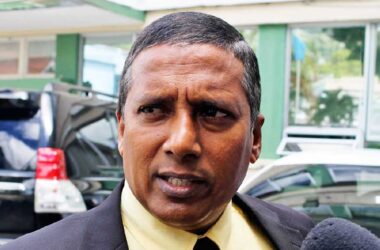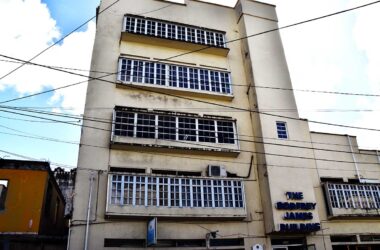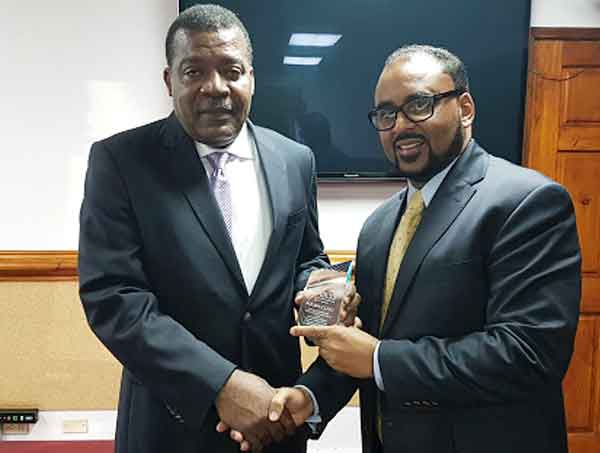
On Monday this week, the CEO of CCRIF SPC, Isaac Anthony, met with Haiti’s Minister of Finance, Yves Bastien and his advisors to discuss the recent payouts of US$23.4 million to Haiti made under the country’s tropical cyclone and excess rainfall policies as a result of Hurricane Matthew’s passage through that country last month.
This is the largest payment ever made by CCRIF for a single event with total payouts to Haiti representing approximately 46% of all payments made by CCRIF since its inception in 2007. Haiti has received 3 payouts to date – one in 2010 following the devastating earthquake in January that year and these two for Hurricane Matthew.
At Monday’s meeting, Minister Bastien thanked CCRIF for the payouts and for the short timeframe within which the resources were received. He highlighted that although many have pledged support to Haiti in the aftermath of Hurricane Matthew, much of that assistance has not yet been received.
Bastien commended CCRIF on its model which guarantees payouts within 14 days of an event. He indicated that total losses as a result of Hurricane Matthew are estimated at US$1.9 billion or 20% of the country’s gross domestic product (GDP). Bastien said that while it may appear that the payment of US$23.4 million from CCRIF is small compared to total losses, it is very significant and so far has been able to provide much-needed support as follows:
• Provision of food and shelter to at least 1.4 million people who were adversely affected and displaced by Hurricane Matthew
• Purchase of medication, especially for children
• Unblocking of main roads by the Ministry of Public Works
• To the agriculture sector
• The purchase of tarpaulins for houses – some 18,000 houses in the South were without roofs
• The replacement of roofs for schools, churches and court houses
Approximately 50% of the payment remains to be spent.
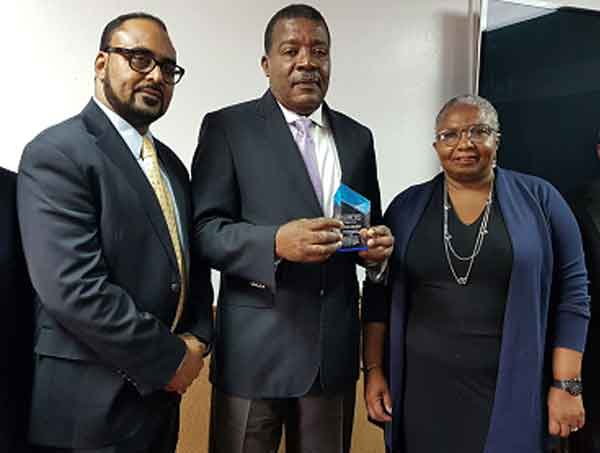
In his response, Anthony expressed condolences to the government and people of Haiti on the loss and life and property as a result of Hurricane Matthew. He expressed CCRIF’s commitment to further lend support to the government in implementing its comprehensive disaster risk management strategy, including finding solutions to increase the country’s catastrophe risk insurance coverage with CCRIF.
Anthony also outlined support for officials in the Ministry of Economy and Finance, the environment ministry, disaster management officials and the Meteorology Service to receive training in catastrophe risk management and risk transfer early next year through the CCRIF Training Programme.
Anthony also made mention of the CCRIF Internship Programme in which young university graduates in the region could benefit from work experience in the area of disaster risk management and urged those in attendance to ensure that young Haitians applied. Anthony pointed out that under the CCRIF Small Grants Programme, community-based and non-governmental organizations as well as academic institutions are able to receive up to US$25,000 to support community-based activities that would enhance resilience to natural hazards.
He pointed out that two NGOs in Haiti – FADA and GAENO – were already recipients of funds through this programme. NGOs working in the South are encouraged to apply to the CCRIF Small Grants Programme to support rehabilitation activities there including projects that focus on reforestation, especially since some 80% of the trees in the South were lost due to Hurricane Matthew.
A contingent from the Caribbean Development Bank (CDB) also in attendance was thanked for the Bank’s continued support to Haiti and in particular for the payment of Haiti’s insurance premium to CCRIF for the last five years.
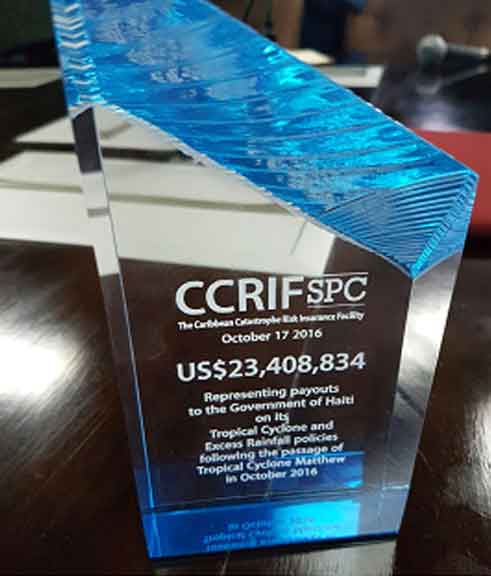
In closing, the CCRIF CEO said, “The CCRIF model demonstrates that as a region we can come together to solve our problems, but we can also develop models that become examples for other regions of the world.”
He said this in light of the fact that CCRIF was created as an immediate response to Hurricane Ivan in 2004 when, following its passage, the Caribbean Community (CARICOM) Heads of Government held an emergency meeting to discuss critical issues surrounding the need for the provision of catastrophe risk insurance for its members. Consequently, CARICOM approached the World Bank for assistance to design and implement a cost-effective risk transfer programme for member governments.
This marked the beginning of what would become the Caribbean Catastrophe Risk Insurance Facility – or CCRIF. Globally, CCRIF continues to gain recognition, especially as it relates to the paradigm shift in the way governments treat risk. Internationally, Caribbean governments continue to be recognized for leading the way in pre-disaster planning. In fact, other facilities similar to CCRIF have been set up using the CCRIF model as its template.
CCRIF is the world’s first multi-country risk pool based on parametric insurance and provides parametric catastrophe insurance for Caribbean and Central American governments – offering hurricane, earthquake and – since 2013 – excess rainfall coverage.



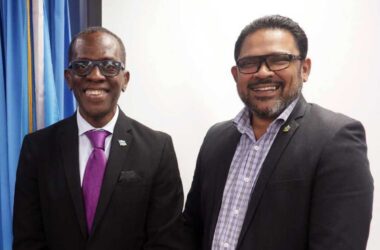
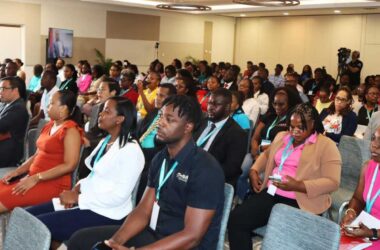

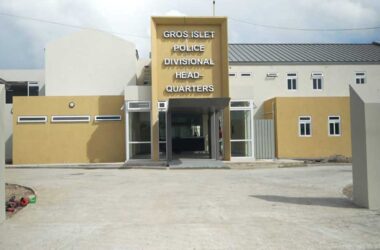

![ECCO Head Office in Saint Lucia [Photo credit :ECCO]](https://thevoiceslu.com/wp-content/uploads/2025/11/ECCO-Head-Office-in-Saint-Lucia-380x250.jpg)

![Dr Godwin Friday - Newly elected Prime Minister of SVG [Photo credit : The St Vincent Times]](https://thevoiceslu.com/wp-content/uploads/2025/11/Dr-Godwin-Friday-380x250.jpg)


